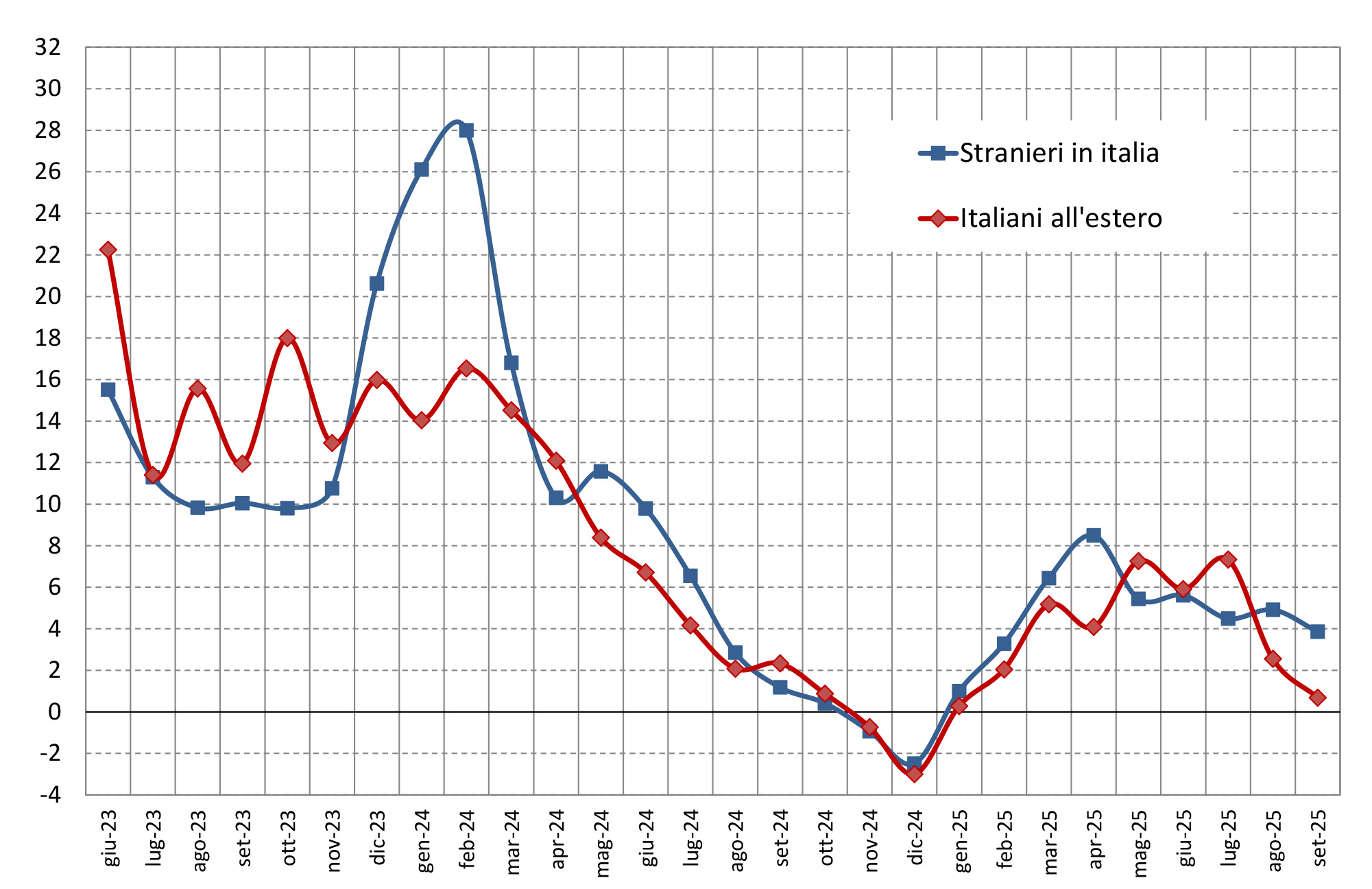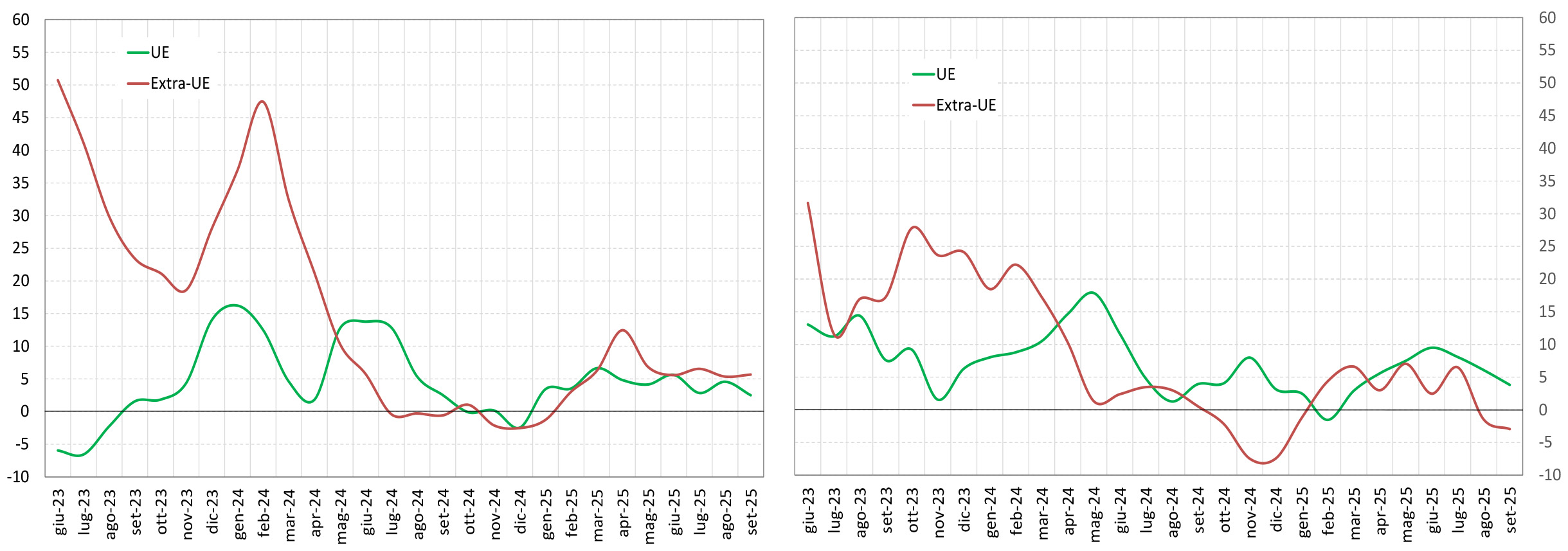Dal 1996 la Banca d'Italia realizza un'indagine campionaria sul turismo internazionale con l'obiettivo primario di acquisire informazioni per la compilazione sia della voce "Viaggi" (che include i beni e i servizi acquistati da persone fisiche in paesi in cui non sono residenti, in relazione a viaggi in tali paesi), sia della voce "Trasporti internazionali di passeggeri" della bilancia dei pagamenti dell'Italia, in linea con le convenzioni metodologiche previste dal sesto manuale del FMI (BPM6). L'indagine è basata su interviste e conteggi di viaggiatori residenti e non residenti in transito alle frontiere italiane (valichi stradali e ferroviari, porti e aeroporti internazionali) e viene integrata con l'utilizzo di dati amministrativi, ove disponibili, e, dalla fine del 2020, con dati di telefonia mobile.
Grazie all'ampia gamma di dati analitici aggiuntivi rispetto alle esigenze della bilancia dei pagamenti, l'indagine sul turismo costituisce una ricca base informativa per gli operatori del settore e per la ricerca; i dati sono disponibili in questo sito sia in forma aggregata sia a livello di microdati.
Aggiornamento mensile sul turismo internazionale
Lo scorso settembre la bilancia dei pagamenti turistica dell'Italia ha registrato un surplus di 3,0 miliardi di euro, in crescita di 0,3 miliardi rispetto allo stesso mese del 2024; le entrate turistiche (6,1 miliardi) sono aumentate del 2,9 per cento, mentre le uscite (3,1 miliardi) sono calate del 2,3 per cento.
Nel complesso del terzo trimestre del 2025 è proseguita la crescita di entrambi i flussi nel confronto con lo stesso periodo dell'anno precedente (Fig. 1), trainata dai viaggi per vacanze. L'aumento della spesa degli stranieri in Italia (3,9 per cento) è ascrivibile a quello del numero di turisti, legato a sua volta anche all'attrattività del Giubileo, a fronte di un lieve calo della spesa media; seppure più contenuto, l'incremento della spesa all'estero (0,7 per cento) è dovuto anch'esso al maggior numero di viaggiatori. La crescita delle entrate ha riguardato soprattutto i viaggiatori provenienti dai paesi extra-UE rispetto a quelli appartenenti alla UE (il 5,7 contro il 2,5 per cento; Fig. 2, pannello di sinistra). Per contro, le uscite hanno registrato un incremento nelle destinazioni europee ma un calo nei paesi esterni alla UE (rispettivamente, del 3,8 e -2,9 per cento; Fig. 2, pannello di destra).
Fig. 1 - Spesa turistica dei viaggiatori internazionali
(medie mobili di 3 mesi; variazioni percentuali sul corrispondente periodo dell'anno precedente)

Fig. 2 - Spesa turistica dei viaggiatori internazionali: dettaglio geografico
(medie mobili di 3 mesi; variazioni percentuali sul corrispondente periodo dell'anno precedente)



 YouTube
YouTube  X - Banca d’Italia
X - Banca d’Italia  Linkedin
Linkedin 